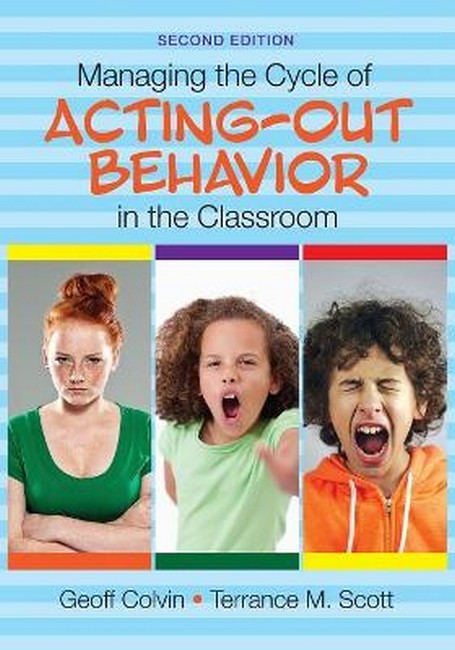Introduction Section One: A Proactive Approach 1. A Proactive Approach - Emphasizing Student Success Section Two: A Model 2. Analyzing Acting-Out Behavior 3. A Seven-Phase Model for Describing Acting-Out Behavior Section Three: Strategies for Managing Each Phase of the Acting-Out Cycle 4. Structuring the Classroom to Enhance Instruction, Phase 1 5. Instructional Practices for Engaging Students, Phase 1 6. Precorrection Strategies for Triggers, Phase 2 7. Functional Behavioral Assessment for Triggers, Phase 2 8. Teaching Social Skills for Managing Triggers, Phase 2 9. Calming Strategies for Managing Agitation, Phase 3 10. Defusing Strategies for Managing Acceleration, Phase 4 11. Safe Management Strategies for Peak Behavior, Phase 5 12. Reintegration Strategies for De-escalation, Phase 6 13. Resumption Strategies for Recovery, Phase 7 Section Four: Closing 14. Summary and Case Study Appendices References
Request Academic Copy
Please copy the ISBN for submitting review copy form
Description
"This book is a must-have resource for any classroom teacher in today's school setting. The authors have translated decades of behavioral research into teacher relevant language and provided real-world examples of how the behavioral support concepts and strategies work. It includes helpful curriculum ideas, tables, classroom tools, and visuals for students. This book will be my new "go-to" resource on helping students with challenging behaviors." -- Amy M. Owsley, First Grade Teacher "This book is a 'must have' resource for any teacher looking for a straightforward approach to teaching students how to manage their own behavior. Colvin and Scott have developed a guide that provides teachers with the clear steps and tools to dramatically impact student behavior in any classroom. " -- Sharon Carter, School improvement Specialist, New York

